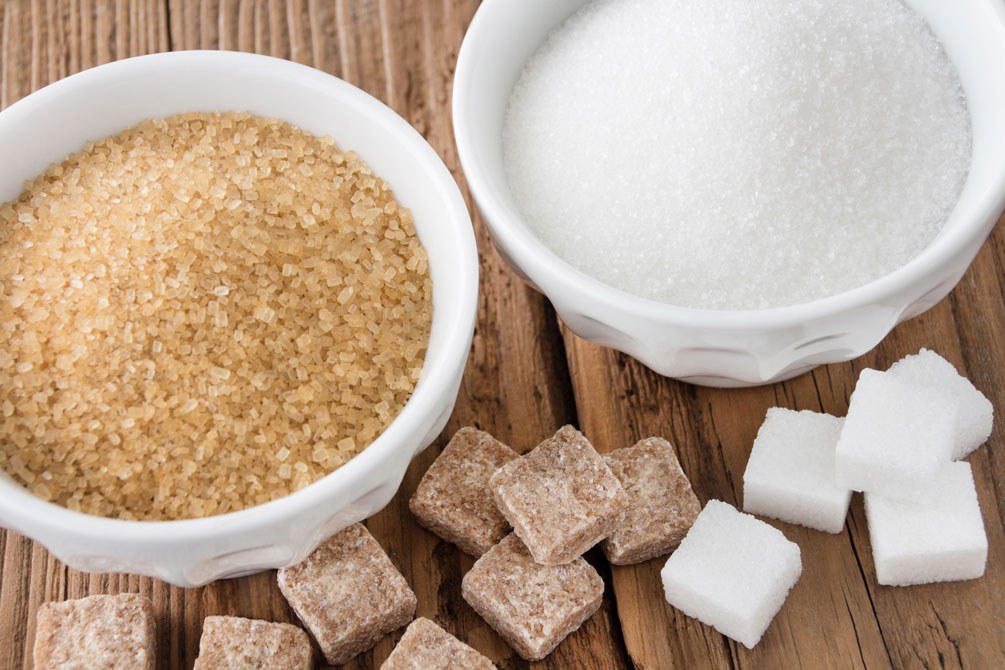The Chinese diet is not averse to sugar. On the contrary, sugar is found in almost every meal.

The most valuable sugar is the one that is refined the least. Similar to salt sugar also acts as a flavour enhancer. Sugar is sprinkled over fish and used on meat, in spring rolls, etc. A slightly old fish that has been stored in the fridge for a long time takes on a certain odour. This can be remedied very well with sugar - and of course of course with fresh ginger and possibly other strong herbs and vegetables vegetables such as lovage, dill, parsley, rosemary, fermented soya beans and spring soya beans and spring onions. A relatively large amount of sugar is used in famous dishes such as glutinous rice balls and in many bean desserts made from red Adzuki (Bu Xue = blood nourishing) or green Mungo (Qing Re = heat cooling) beans.
The addition of sugar is permitted in many teas, e.g. Xia Ku Cao (Spica Prunellae), Ju Hua Cha (Flos Chrysanthemi), Wu Hua Cha (Five Flower Tea), Qi Xin Cha (Seven Star Tea). The fresh soya milk made from soya beans is also often sweetened, as is the fresh flower tofu (the consistency is almost like homemade like home-made fresh yoghurt). Succanat is a suitable sugar, mascobado, brown sugar candy, or whatever whole cane sugar or raw sugar raw sugar are. White sugar is used less frequently, perhaps most likely in fresh soya milk or fresh flower tofu.
Enter your email address now and receive our exclusive newsletter with background information from experts.
For legal reasons, access to this item is reserved for medical professionals. Please log in here:
Your access has not yet been activated by support. We will activate the function as soon as possible.